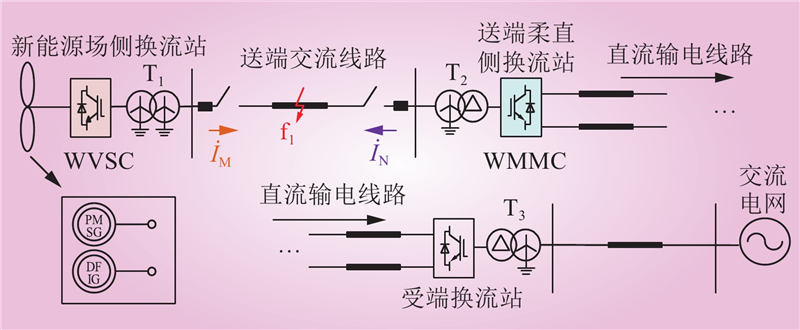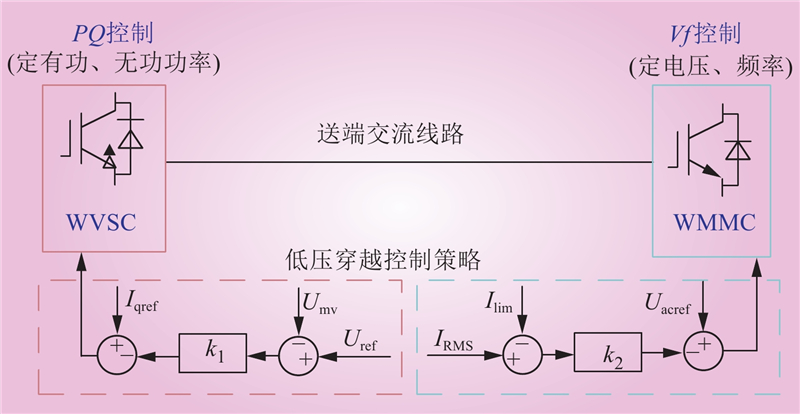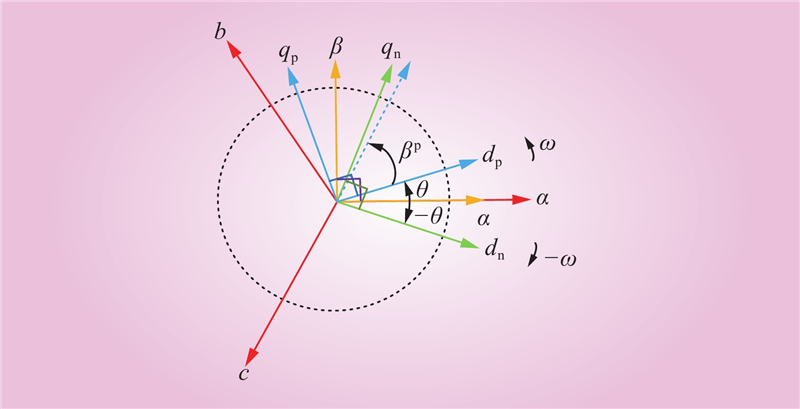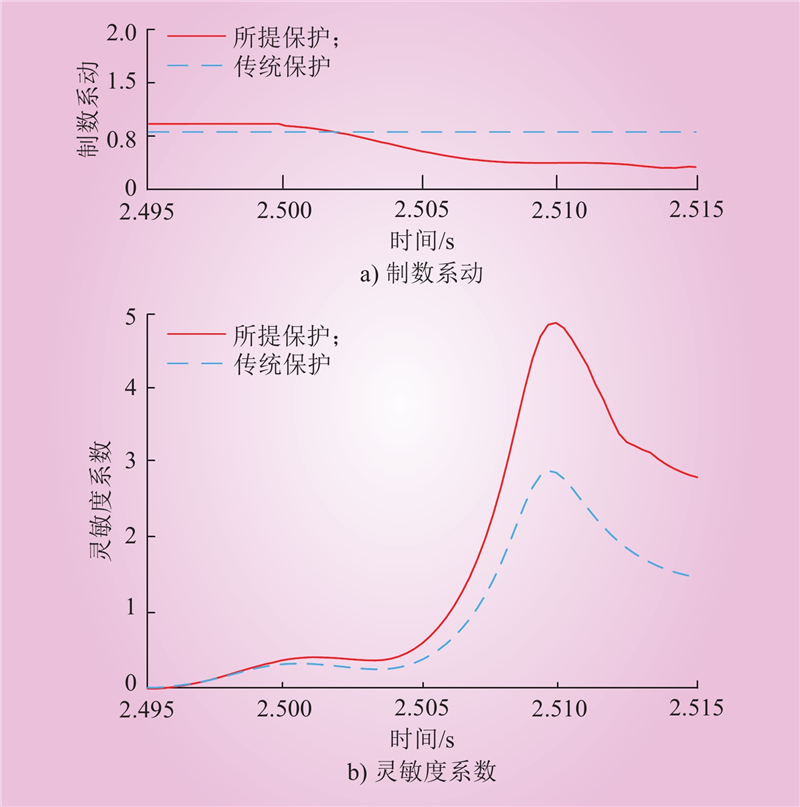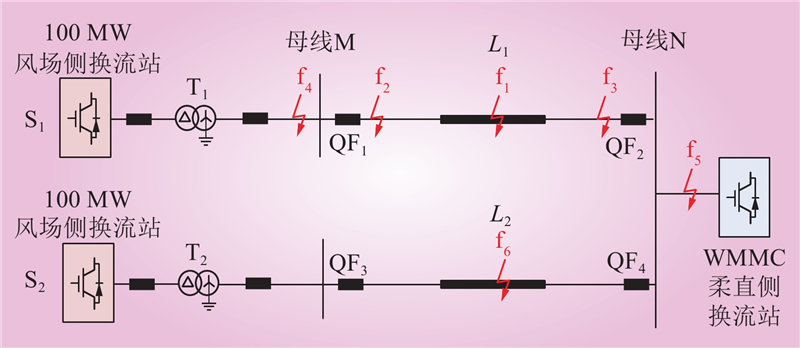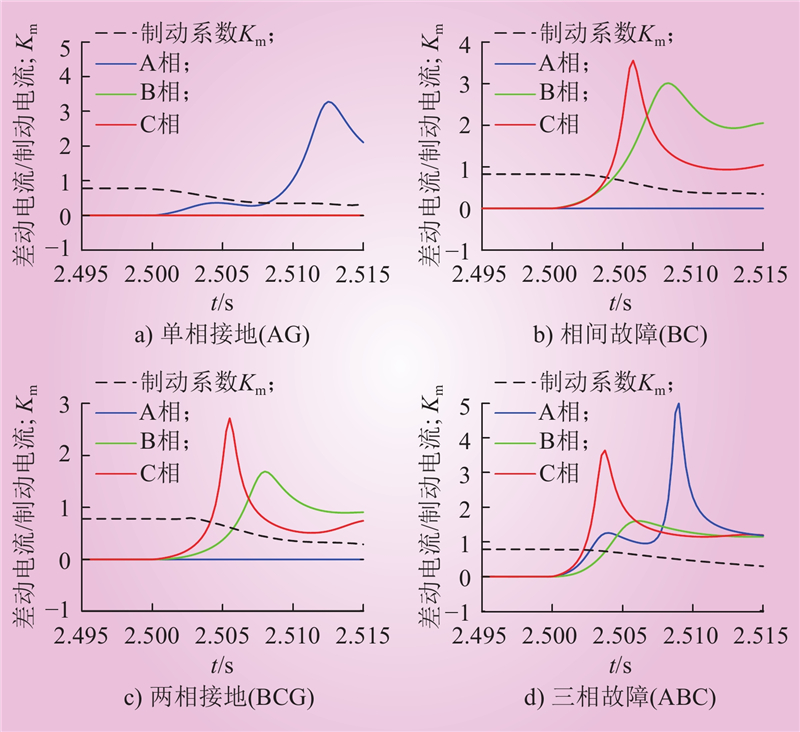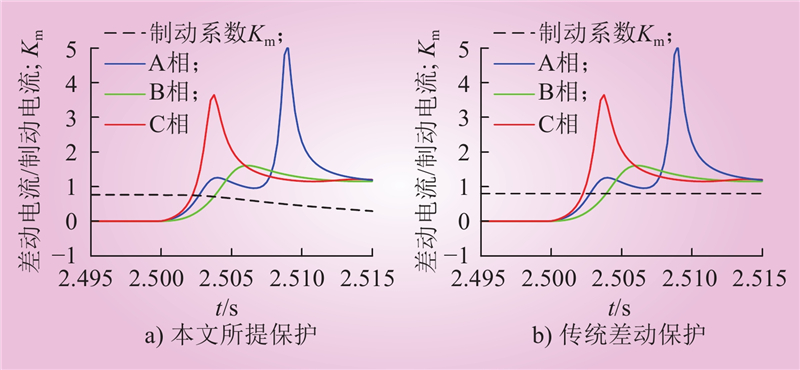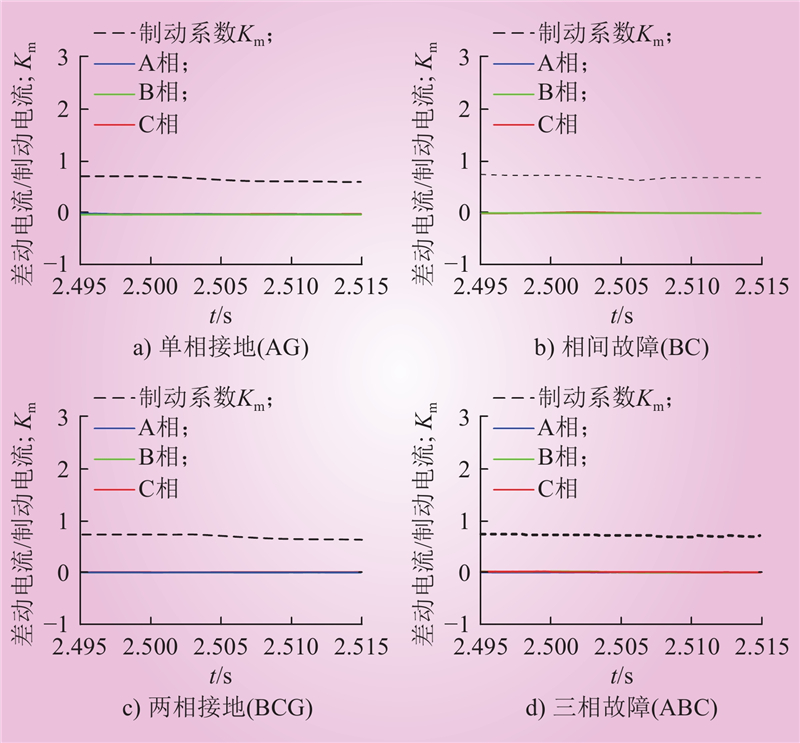| 1 |
中华人民共和国国民经济和社会发展第十四个五年规划2035年远景目标纲要[N]. 人民日报, 2021-03-13(001).
|
| 2 |
张智刚, 康重庆. 碳中和目标下构建新型电力系统的挑战与展望[J]. 中国电机工程学报, 2022, 42 (8): 2806- 2819.
|
|
ZHANG Zhigang, KANG Chongqing. Challenges and prospects for constructing the new-type power system towards a carbon neutrality future[J]. Proceedings of the CSEE, 2022, 42 (8): 2806- 2819.
|
| 3 |
谢小荣, 贺静波, 毛航银, 等. “双高” 电力系统稳定性的新问题及分类探讨[J]. 中国电机工程学报, 2021, 41 (2): 461- 475.
|
|
XIE Xiaorong, HE Jingbo, MAO Hangyin, et al. New issues and classification of power system stability with high shares of renewables and power electronics[J]. Proceedings of the CSEE, 2021, 41 (2): 461- 475.
|
| 4 |
袁志昌, 郭佩乾, 刘国伟, 等. 新能源经柔性直流接入电网的控制与保护综述[J]. 高电压技术, 2020, 46 (5): 1460- 1475.
|
|
YUAN Zhichang, GUO Peiqian, LIU Guowei, et al. Review on control and protection for renewable energy integration through VSC-HVDC[J]. High Voltage Engineering, 2020, 46 (5): 1460- 1475.
|
| 5 |
HUANG N, FAN C J, JIANG S. Research of protection for AC transmission lines based on characteristic of grid-side inverter[J]. The Journal of Engineering, 2019, 2019 (16): 3240- 3245.
DOI
|
| 6 |
赖逸洋, 王增平, 王彤. 电流差动保护在柔直接入的交流电网中适应性分析及改进措施研究[J]. 电力系统保护与控制, 2023, 51 (3): 145- 154.
|
|
LAI Yiyang, WANG Zengping, WANG Tong. Adaptability analysis of current differential protection in an AC power grid with an MMC-HVDC and improvement measures[J]. Power System Protection and Control, 2023, 51 (3): 145- 154.
|
| 7 |
LIANG Y Y, HUO Y T, ZHAO F. An accelerated distance protection of transmission lines emanating from MMC-HVdc stations[J]. IEEE Journal of Emerging and Selected Topics in Power Electronics, 2021, 9 (5): 5558- 5570.
DOI
|
| 8 |
余越, 王聪博, 沙兆义, 等. 基于矩阵突变特征的风电经柔直送出交流线路保护[J]. 中国电机工程学报, 2023, 43 (14): 5441- 5450.
|
|
YU Yue, WANG Congbo, SHA Zhaoyi, et al. AC transmission line protection for wind farms integrated with VSC-HVDC system based on matrix mutation characteristics[J]. Proceedings of the CSEE, 2023, 43 (14): 5441- 5450.
|
| 9 |
陈乐, 薄志谦, 林湘宁, 等. 基于波形相似度比较的线路快速纵联保护研究[J]. 中国电机工程学报, 2017, 37 (17): 5018- 5027, 5221.
|
|
CHEN Le, BO Zhiqian, LIN Xiangning, et al. Waveform similarity comparison based high-speed pilot protection for transmission line[J]. Proceedings of the CSEE, 2017, 37 (17): 5018- 5027, 5221.
|
| 10 |
毕天姝, 李彦宾, 贾科, 等. 基于暂态电流波形相关性的新能源场站送出线路纵联保护[J]. 中国电机工程学报, 2018, 38 (7): 2012- 2019, 2216.
|
|
BI Tianshu, LI Yanbin, JIA Ke, et al. Transient current waveform similarity based pilot protection for transmission lines connected to renewable energy power plants[J]. Proceedings of the CSEE, 2018, 38 (7): 2012- 2019, 2216.
|
| 11 |
DANTAS D T, PELLINI E L, MANASSERO G. Time-domain differential protection method applied to transmission lines[J]. IEEE Transactions on Power Delivery, 2018, 33 (6): 2634- 2642.
DOI
|
| 12 |
董新洲, 雷傲宇, 汤兰西, 等. 行波特性分析及行波差动保护技术挑战与展望[J]. 电力系统自动化, 2018, 42 (19): 184- 191.
DOI
|
|
DONG Xinzhou, LEI Aoyu, TANG Lanxi, et al. Analysis of traveling wave characteristics and challenges and prospects of traveling wave differential protection technology[J]. Automation of Electric Power Systems, 2018, 42 (19): 184- 191.
DOI
|
| 13 |
郑玉平, 吕鹏飞, 李斌, 等. 新型电力系统继电保护面临的问题与解决思路[J]. 电力系统自动化, 2023, 47 (22): 3- 15.
|
|
ZHENG Yuping, LYU Pengfei, LI Bin, et al. Problems faced by relay protection in new power system and their solution ideas[J]. Automation of Electric Power Systems, 2023, 47 (22): 3- 15.
|
| 14 |
王聪博, 贾科, 毕天姝, 等. 基于控保协同的多端柔性直流配电系统线路保护[J]. 中国电机工程学报, 2020, 40 (8): 2559- 2568.
|
|
WANG Congbo, JIA Ke, BI Tianshu, et al. Line protection for multi-terminal flexible DC distribution system based on control and protection coordination[J]. Proceedings of the CSEE, 2020, 40 (8): 2559- 2568.
|
| 15 |
戴志辉, 吴桐, 何静远, 等. 基于控保协同的有源配网主动注入式保护方法[J]. 电力系统保护与控制, 2024, 52 (3): 94- 103.
|
|
DAI Zhihui, WU Tong, HE Jingyuan, et al. An active distribution network active injection protection method based on control-protection coordination[J]. Power System Protection and Control, 2024, 52 (3): 94- 103.
|
| 16 |
康涛, 翁汉琍, 林湘宁, 等. 考虑储能系统控保协同体系的光伏场站送出线路突变量选相能力恢复策略[J]. 中国电机工程学报, 2024, 44 (11): 4273- 4286.
|
|
KANG Tao, WENG Hanli, LIN Xiangning, et al. Phase selection capacity recovery strategy for transmission line of photovoltaic station based on the control and insurance cooperative of energy storage system[J]. Proceedings of the CSEE, 2024, 44 (11): 4273- 4286.
|
| 17 |
彭放, 高厚磊, 郭一飞, 等. 构网逆变电源故障穿越控制策略及其对保护影响的研究综述[J]. 电网技术, 2024, 48 (9): 3673- 3685.
|
|
PENG Fang, GAO Houlei, GUO Yifei, et al. A review of fault ride-through control strategies of grid-forming inverter-based resources and the influence on protection[J]. Power System Technology, 2024, 48 (9): 3673- 3685.
|
| 18 |
郑黎明, 贾科, 毕天姝, 等. 海上风电接入柔直系统交流侧故障特征及对保护的影响分析[J]. 电力系统保护与控制, 2021, 49 (20): 20- 32.
|
|
ZHENG Liming, JIA Ke, BI Tianshu, et al. AC-side fault analysis of a VSC-HVDC transmission system connected to offshore wind farms and the impact on protection[J]. Power System Protection and Control, 2021, 49 (20): 20- 32.
|
| 19 |
张保会, 尹项根. 电力系统继电保护[M]. 2版. 北京: 中国电力出版社, 2010.
|
| 20 |
张沛超, 高翔. 全数字化保护系统的可靠性及元件重要度分析[J]. 中国电机工程学报, 2008, 28 (1): 77- 82.
DOI
|
|
ZHANG Peichao, GAO Xiang. Analysis of reliability and component importance for all-digital protective systems[J]. Proceedings of the CSEE, 2008, 28 (1): 77- 82.
DOI
|
| 21 |
杨国生, 樊沛林, 王聪博, 等. 基于能量分布的新能源场站送出线路纵联保护[J]. 电网技术, 2023, 47 (4): 1415- 1422.
|
|
YANG Guosheng, FAN Peilin, WANG Congbo, et al. Pilot protection based on energy distribution for transmission line connected to renewable power plants[J]. Power System Technology, 2023, 47 (4): 1415- 1422.
|



